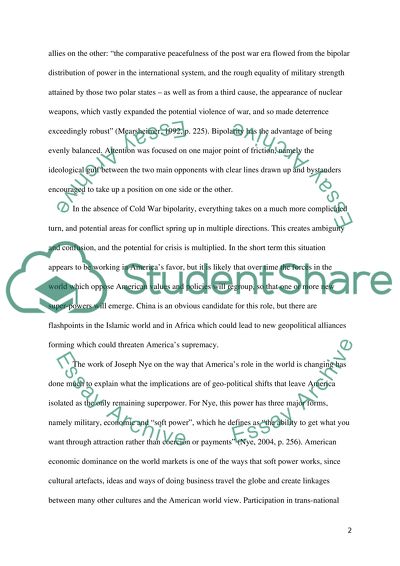Cite this document
(“To What Extent does Asymmetrical Warfare Challenge American Power Essay”, n.d.)
To What Extent does Asymmetrical Warfare Challenge American Power Essay. Retrieved from https://studentshare.org/history/1451222-to-what-extent-does-asymmetrical-warfare-challenge
To What Extent does Asymmetrical Warfare Challenge American Power Essay. Retrieved from https://studentshare.org/history/1451222-to-what-extent-does-asymmetrical-warfare-challenge
(To What Extent Does Asymmetrical Warfare Challenge American Power Essay)
To What Extent Does Asymmetrical Warfare Challenge American Power Essay. https://studentshare.org/history/1451222-to-what-extent-does-asymmetrical-warfare-challenge.
To What Extent Does Asymmetrical Warfare Challenge American Power Essay. https://studentshare.org/history/1451222-to-what-extent-does-asymmetrical-warfare-challenge.
“To What Extent Does Asymmetrical Warfare Challenge American Power Essay”, n.d. https://studentshare.org/history/1451222-to-what-extent-does-asymmetrical-warfare-challenge.


